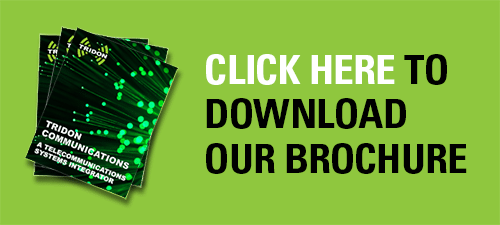February is Distracted Driving Awareness Month in Alberta, and more and more often, it seems that distracted driving is a factor in traffic collisions, injuries and fatalities.
Since new, harsher penalties hit Alberta roads in 2011, police across the province have issued 139,579 convictions ($287 fines and 3 demerit points each) for distracted driving. As for the number of crashes, injuries and fatalities caused by distracted driving? It’s hard to tell.
If a collision doesn’t result in injury, it’s usually reported at the police station rather than on the scene. Drivers don’t always admit that they were distracted. And if a first responder is on the scene, they may be dealing with injuries or redirecting traffic and be too busy to immediately determine the cause.
But even without THOSE numbers, there are a few that are worth considering.:
- The health-related costs, and economic losses, that came as a result of traffic collisions are $10 billion. That’s 1% of Canada’s GDP.
- Transport Alberta estimates that distracted drivers are three times more likely to be involved in collisions
- Distractions include: eating, applying makeup, doing one’s hair, shaving, and getting dressed ALONG with using cell phones and GPS units.
- Transport Alberta estimates that 20 to 30 percent of all collisions in the province
- The RCMP has found that, in 2014, distracted driving played a role in 4 million crashes across Norther America
The good news is that Alberta police are issuing fewer and fewer tickets for distracted driving each year which logically (hopefully) suggests that there are fewer distracted drivers each year.
The bad news? Alberta police still issued around 25,000 tickets for distracted driving between March of 2016 and 2017. Sure, that represents a decrease. But if 20 to 30 percent of collisions have distraction has a cause, then we’re talking about hundreds of injuries and dozens of deaths each year.
So, how do we get around this?
- Factor phone time into your journey. If you’re going to be on the road for more than fifteen minutes, and you feel the need to check your notifications, then build time into your day so you can pull over in a safe area, check what needs checking, and still make it to your destination on time.
- Put your phone on airplane mode before heading out. The dings and chirps won’t distract you.
- Go one step further and put your phone out of reach. Put it in the pocket of a bag you stash in the back-seat, so you CAN’T get at it without pulling over to the side of the road.
- If that doesn’t do it, set up auto-replies. You can let people know you’re driving by setting up an automated response. That way, they know to wait .
- Ironic as it may sound there are apps designed to curtail distracted driving:
- TextArrest – This app allows parents to lock up a teens phone if they are travelling in a vehicle by using GPS to track the speed at which the phone is moving.
- CellControl does something similar but is designed to only lock up the driver’s phone while in motion. Passengers’ phones are unaffected.
- LiveText2 blocks incoming calls and texts and sends an automated response when you’re unavailable. Downside is, you have to activate it.
Follow any one of these strategies, or let us know what you plan on doing. Transport Alberta is a great resource and they can answer any questions you may have about distracted driving. Otherwise, drive safely and keep your eyes and your mind on the road ahead.
Transport Alberta is a great resource and they can answer questions about distracted driving [ link].
We hope that these strategies will help you travel safely; and provide you few more ideas on how to keep your eyes and your mind on the road ahead.
Let us know what you plan on doing to travel safely.
Tridon is a full solution Telecom Systems Integrator with CSA certification and licensed by APEGA. Our Engineering, Service and Tower Divisions collaborate with customers to build engineered solutions including communications systems design, tower inspections and co-location, wireless broadband, fiber optic cabling, site security, and two-way radio communication.



